Past-Hardcore: The Return of "Cabaret Core"
The Influence of the 19th Century on Post-Hardcore
A cabaret is a show that is performed in a restaurant or nightclub, and that consists of dancing, singing, or comedy acts.
Styles are cyclical, that much is evident. It’s been 20 years since 2004 and the era is coming back in fashion and in music. Lately I’ve been noticing a shift back to the waltz sound of the late 2000s and early to mid 2010s, not yet the 20 year mark.
This seems to be a general trend, the 20-year rule became the 10-year rule, and it soon may be the 5-year rule. The internet has changed things quite a bit and made eras more accessible. I find it interesting that this sound is coming back with more force, and earlier, than the heavy electronic sound that preceded it (the “nintendocore” and “trancecore” sub-genres. Bands like early I See Stars, I Set My Friends on Fire, This Romantic Tragedy, something I like to call “recession-core” because it was similar to the mainstream music of the time that was more or less a response to the 2008 recession. Upbeat electronic dance music as an escape from economic despair.) I would think that the current economic climate would push music towards that style of sonical excess, but it seems that sound and the related sounds like “crunkcore”, scene, and electronica have seen their share of evolution and influence in hyperpop, which seems to have broken through to the mainstream through TikTok and the sped-up sounds which would’ve been called nightcore back in my day. I’m glad there’s still a relationship between traditionally heavy music and the digital heavy that came from scene music. (Here’s a video on scene fashion that I enjoyed a while ago.) I can’t help but smile when alternative groups stick together, take influence from one another, collaborate, and support one another. Continuing on to the 19th century.
There’s a certain influence the Renaissance had on the 1850s - 1920s that in turn influenced post-hardcore (and adjacent genres). I find that this is most visible in the album art of the 2000s and 2010s.










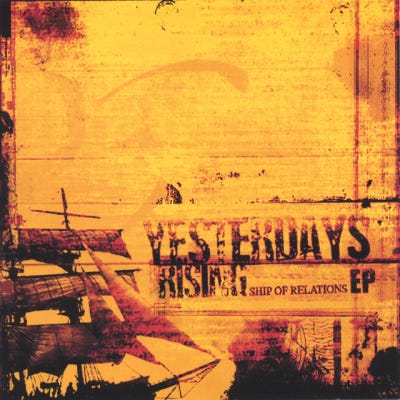


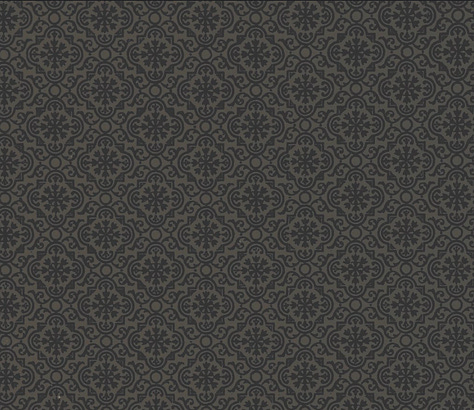


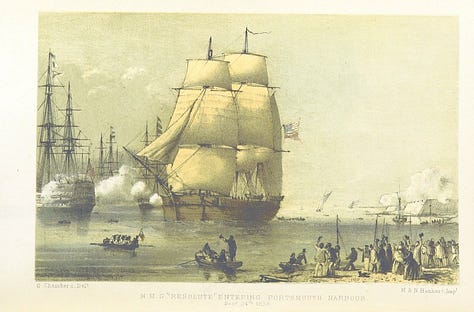

There is much to be said about the influence of the medieval era on all subsequent eras (it’s super cool to learn about, here’s a video on that in fashion, and another on 2024 trend predictions in fashion that I think parallel what I’ll be talking about here). Subsequently, the Renaissance has had a major influence on the entire modern era. Most notably, I can mention the influence William Shakespeare and Leonardo DaVinci had on the arts and sciences. The rise of plays as one of the main forms of entertainment in England led to theater kids, many of whom were also musically inclined and in the alternative scene and ended up making music influenced by their interests. Visually, DaVinci’s mechanical and anatomical sketches have no doubt inspired many visual artists, creatives, engineers, and doctors.
I could go on a tangent of what could have been if similar creatives from Africa, Asia, and the Americas had achieves such levels of influence, but I’ll refrain on speaking much on that until I’m more educated. I will say, there’s a pattern of nursery rhymes and children’s fairy tales influencing post-hardcore and I’d love post-hardcore based of folklore from around the world, especially Africa and specifically griot culture. Also, East African folktales as well, I only really remember one from when I was growing up (my parents would make up most bedtime stories) and maybe one day I’ll write a song on it, if I can do it justice. There’s also something to be said about the travelling nature of music being something that seems to transcend geographic culture and be a fundamental aspect of human culture as a whole, but I’m not going into all that right now.
Once a generation dies out, their work is perceived differently, often with more reverence since that era will never happen again. Things can no longer be a particular person’s story to tell if they’re not around to tell it, therefore it becomes history.
Each generation tends to romanticize the past (Victorians with the Medieval era, the 70s with the Victorian era, and the modern era romanticizes almost every era to some degree).
Some of the albums I put above only have visual influence from the eras I mentioned, but others have sonic influence, or at least what has collectively been decided to be the “sounds” of a particular time. Some elements I can confidently point to are the prominent piano sections, the use of 3/4, and the presence of bowed strings. The 3/4 time signature is most well-known for its use in the waltz dance. In my research on the origins of this dance I found conflicting information on the period when the waltz originated (8th century, 13th century, 16th century) I understand how the dance came about. Counting in groups of 3’s is conducive to moving the body, same for groups of 4 (I can personally attest to this from attempting to dance to odd time signatures in jazz and progressive metal and failing, but that could just be proof of my own shortcomings). Something generally agreed upon is that the dance began in the lower class in Europe before becoming a dance of the aristocrats and consequentially spreading and evolving around the western world.
The waltz peaked in popularity in the 19th century, as did another rhythmical pattern I hear in post-hardcore: Polka. I can’t particularly remember all the songs I’ve heard with the distinct duple pattern in the background, but I can say I’ve heard it often times in the iteration of the pop punk drum pattern which is also duple in a very similar manner. (Take a listen for yourself! Polka vs Pop Punk.) If you know of any research confirming if there’s a relation here, let me know. Polka has had an influence on Norteño music and north Mexico is right on the border of California (and Texas), and California (and Texas) used to be part of Mexico and still has a huge population of people of Mexican decent… and where did pop punk originate? The punk scene of CALIFORNIA. I’m just saying, there’s a connection here. There’s also something to be said about the influence of Mexican music in hardcore punk which… if you don’t know, there’s a saying “Latinos run hardcore”. That should tell you something. There’s much to be said about the influence of “The Mars Volta” on modern post-hardcore and they’re from Texas with members of Mexican heritage. And of course the genre this whole blog is about is post-hardcore, so… I’d also like to note that for “The Venetia Fair” and related acts, there’s something to be said about the influence of circus music, which was also polka influenced but in a manner more prevalent in states not sharing a border with Mexico.
I’ll briefly mention opera and musical theater as influences as well. These were influential in forming the actual environment of a cabaret, which I honestly would categorize most modern venues under. There’s a sort of mature fun associated with cabarets, which is why I think they’re such an iconic setting for music videos. (Mr. Brightside, I Write Sins Not Tragedies) Quick shoutout to the glockenspiel for making an appearance in a lot of songs with this sort of influence as well (I’m looking at you The Receiving End of Sirens).

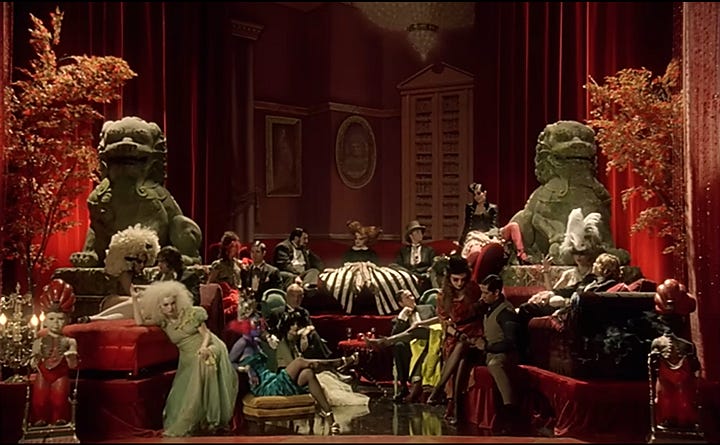
Moving on to the next elements, piano and bowed strings. So much can be said about the popularity of piano and orchestra music in the 19th century. If you think of music from this time period, you’re probably thinking of these elements. And so were these artists as they wrote. Many genres implement these two foundational sounds in their music, but there’s a difference in how post-hardcore does it that tends to skew more chaotic, while others use it in a more “refined” way. It reminds me somewhat of the way jazz was looked down upon for not having such a rigid structure as “proper” music like classical or pop. The general sentiment of shunning what’s deemed to be “proper” is kind of the point of punk, counter-cultural they call it. I suppose that’s the point of the term “alternative”. As a descendent of punk, post-hardcore naturally continues to subvert these sounds. (Something is to be said about the number of screamo bands of the 2000s that had a violin player on their roster...)
As new bands enter the scene, they are influenced by these sounds (and visual imagery). The new album by SeeYouSpaceCowboy… seems to be heading in that direction, as is the new Capstan single, and the new The Requiem album is already obviously there (listen to the track “Diary of a Masochist” and you’ll see what I mean). People make new art through creative restructuring of what they already enjoy, and it’s interesting to see how far these patterns go.

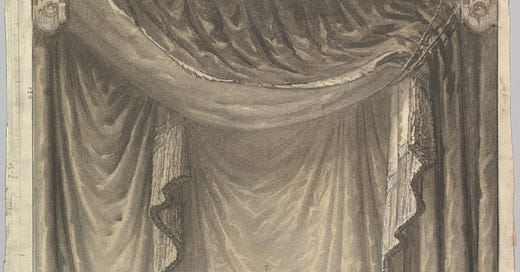



there's also something to be said about how during economic/societal downturn there's a push towards escapism and excess in a way. most notably, the phenomenon of heels getting higher as the economy gets worse.